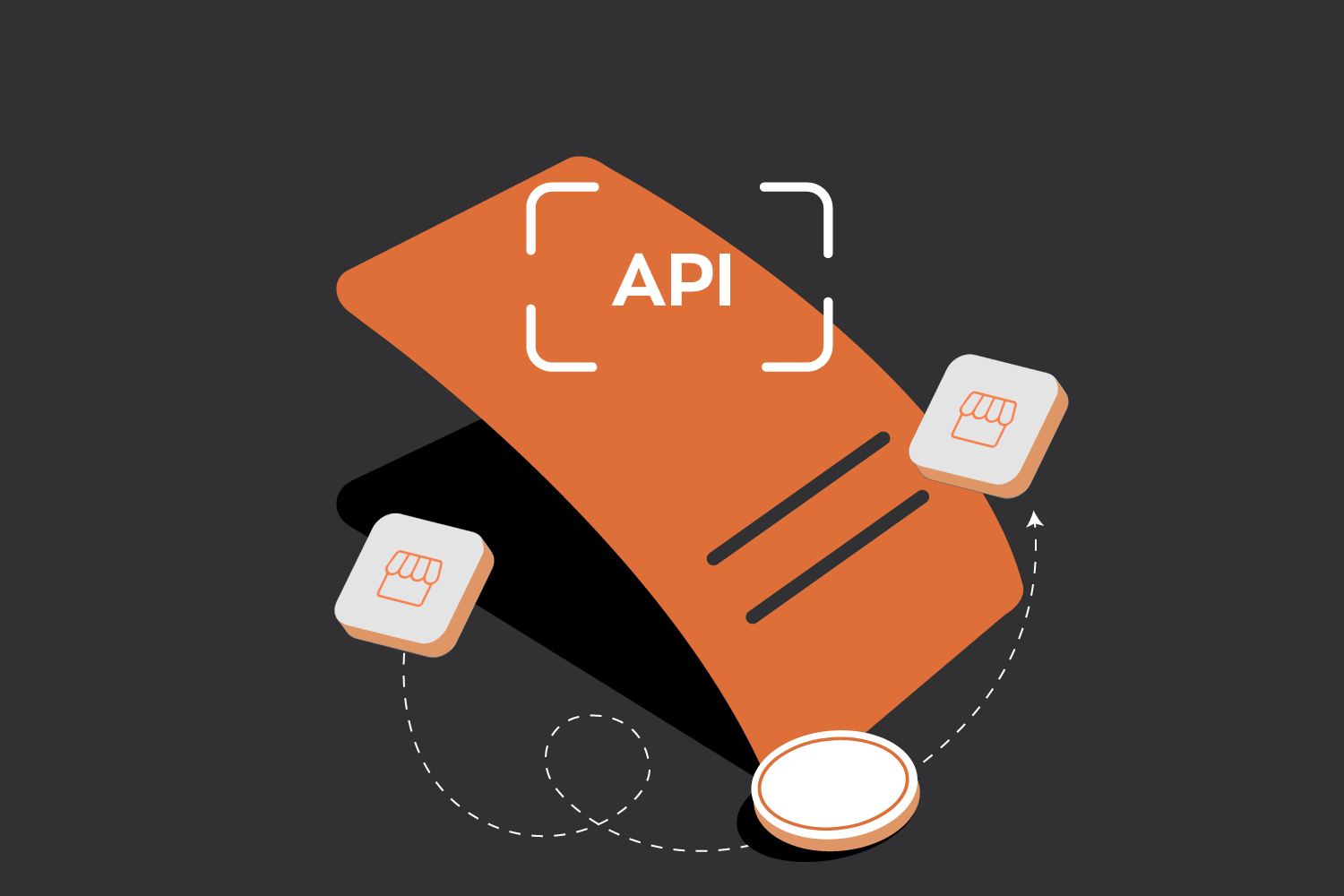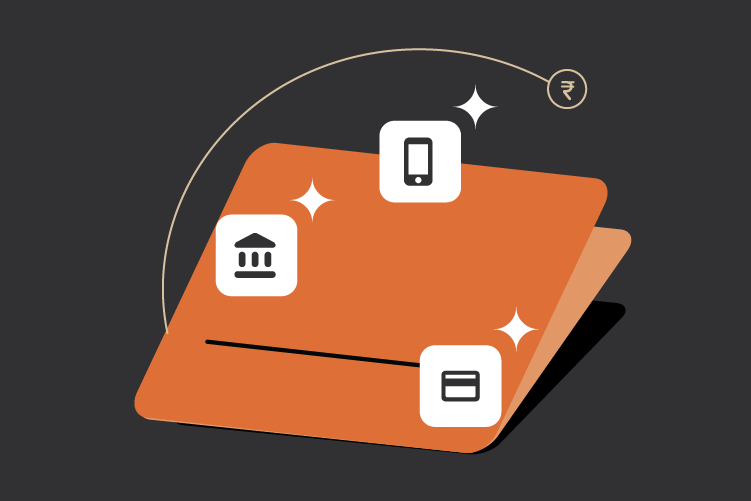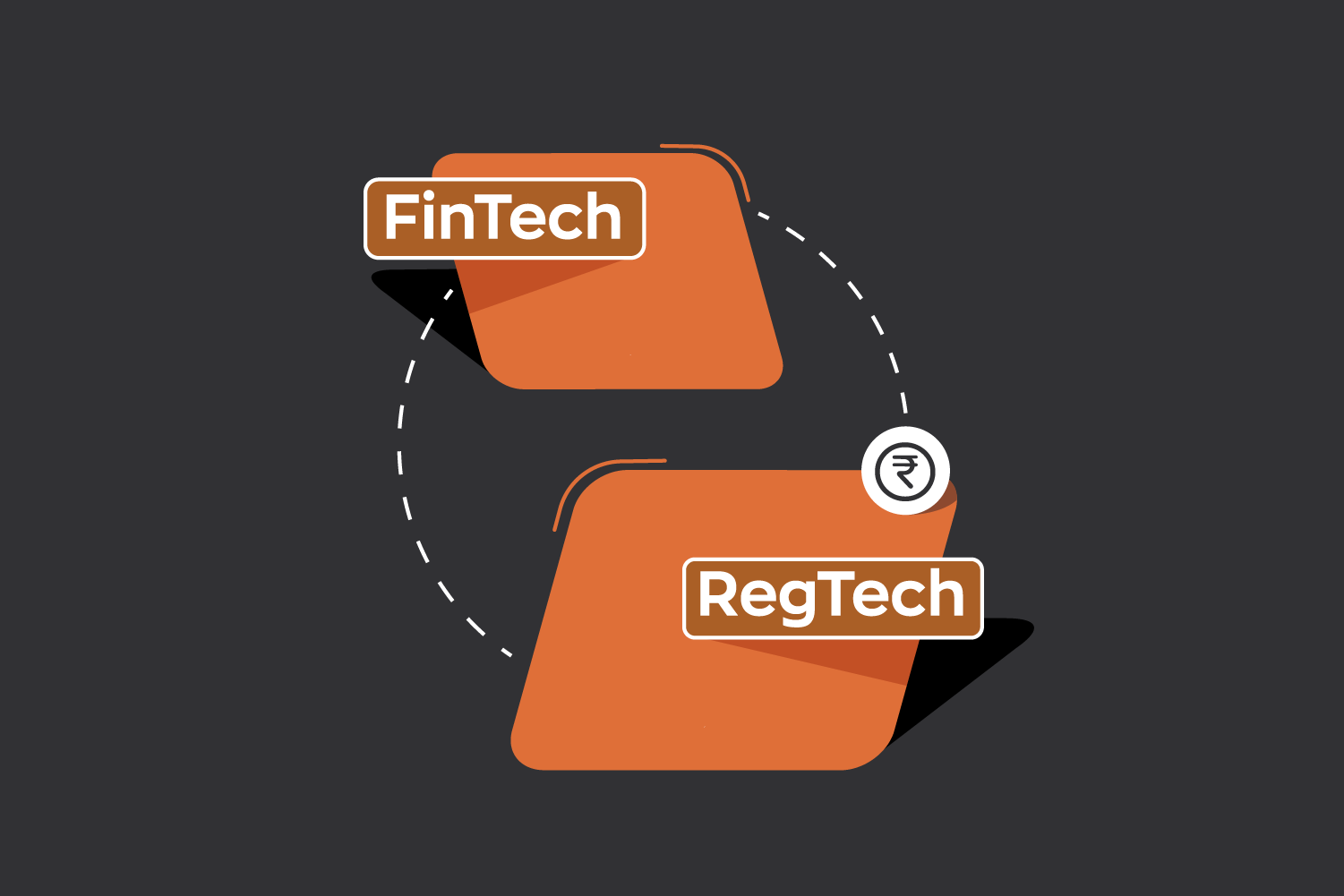From purchasing products to paying bills, the ease of making payments online has revolutionized how we manage our finances. However, despite the widespread adoption of online payment systems, payment failures continue to be a common issue faced by consumers and businesses alike. Understanding the reasons behind online payment failures is crucial not only for businesses aiming to optimize their payment systems but also for customers looking to ensure smooth transactions.
Here are some common causes of online payment failures and suggested actionable steps to prevent these issues from affecting your business or personal transactions.
Payment Gateway Issues
Payment gateways are the middlemen that facilitate transactions between a customer and a business’s bank. However, if the payment gateway faces technical glitches, server downtimes, or connectivity issues, the transaction can fail. These issues can arise from an unstable connection between the payment processor and the issuing bank or even a configuration issue on the merchant’s end.
What you can do: Businesses can minimize these issues by opting for reliable and secure payment gateway solutions like Zwitch, which ensures high uptime and robust performance.. Regular testing and monitoring of the payment systems can help identify potential issues before they affect customers.
Bank Authorization Failures
Online payments can fail if the issuing bank declines the transaction due to issues such as insufficient funds, expired cards, or incorrect card details. These authorization errors can create confusion for the consumer, who may not understand why their payment didn’t go through.
What you can do: To prevent this, businesses should ensure their payment system offers clear error messages, guiding users to check their bank details and resolve authorization problems. Encouraging users to double-check their card information and update expired cards can reduce transaction failures.
Card Fraud and Security Issues
Online payment fraud is a significant concern for both consumers and businesses. In cases of suspected fraud, payment processors may block a transaction to protect the cardholder and prevent unauthorized charges. This can happen if the payment system detects irregularities, such as unfamiliar geographical locations or high-value transactions on a newly added card.
What you can do: Integrating multi-layered security measures such as two-factor authentication (2FA), encryption, and fraud detection tools can help reduce false declines while protecting users from fraudulent activity. Additionally, educating users about safe payment practices can go a long way in lowering security-related failures.
Incorrect or Insufficient Payment Information
A common issue that leads to payment failure is incorrect or missing payment information. This can include anything from an incorrect CVV code or expiration date to a missing address verification (AVS) for card transactions. The transaction may be automatically declined if any part of the payment details is incorrect.
What you can do: Encourage customers to double-check their payment details before submitting them. Implementing auto-fill for common payment information and clear instructions during the checkout process can help minimize these errors. A responsive customer support system can also assist in resolving issues quickly.
Poor Internet Connectivity
Online payment systems are heavily reliant on stable internet connections. A slow or unreliable internet connection can cause interruptions during the transaction process, leading to payment failures. For customers in areas with poor connectivity, this can be a common cause of online payment failures.
What you can do: Businesses should optimize their payment gateway interfaces to be more resilient to network issues. Offering alternative payment methods, such as mobile wallets or QR code payments, can also help users who face connectivity issues. On the customer side, ensuring a stable and secure internet connection is key to completing successful transactions.
Cart Abandonment During Checkout
Long, complex, or confusing checkout processes are some of the main causes of cart abandonment. When a customer encounters a slow or cumbersome payment process, they are more likely to abandon their purchase before completing the transaction.
What you can do: Streamlining the checkout process is crucial to reducing cart abandonment rates. Businesses should offer multiple payment methods, simplify form fields, and provide transparent pricing upfront to reduce any surprises that might cause customers to reconsider their purchase.
Lack of Payment Method Compatibility
In many cases, online payments fail because the payment system doesn’t support the preferred payment methods of the customer. This is particularly relevant for international transactions, where consumers might prefer using local payment methods, mobile wallets, or others that the online store doesn’t support.
What you can do: Ensure that your payment system supports a wide range of payment options, including popular international methods, mobile wallets, and even buy-now-pay-later solutions. This increases the likelihood of successful transactions, especially for a global audience.
Did You Know?
Zwitch Payment Gateway supports 150+ payment methods.
Interested in our APIs? Let’s talk!
Tell us your automation goals, and we’ll set you up with a free, personalized demo from our API expert.
Click HereOnline payment failures are an unfortunate but common part of the eCommerce experience. By opting for reliable and secure payment gateways, offering clear instructions during the checkout process, and ensuring compatibility with multiple payment methods, businesses can reduce friction and prevent cart abandonment/lost sales due to payment failures.
Zwitch’s suite of low-code payment solutions is designed to address these very issues, offering businesses a reliable, secure, and flexible platform to accept payments with ease.
FAQs
Why does my online payment keep failing?
Online payment failures can occur due to various reasons, such as technical issues with the payment gateway, insufficient funds, expired cards, incorrect details, poor internet connectivity, or security-related flags. Reviewing error messages and resolving these issues can help ensure smoother transactions.
Why should my business care about online payment failures?
Payment failures directly impact your revenue, increase cart abandonment, and affect customer trust. Addressing these issues ensures smoother transactions and improves conversion rates.
How can businesses prevent failed transactions?
Businesses can prevent failed transactions by:
- Using reliable and secure payment gateways like Zwitch.
- Offering multiple payment options and clear error messaging.
- Simplifying the checkout process to reduce friction.
- Implementing robust fraud detection systems and optimizing for global compatibility.
How do payment gateways affect transactions?
Payment gateways facilitate transactions between customers and banks. Technical issues or downtimes with a gateway can lead to online payment failures.
Can technical issues with banks cause payment failures?
Yes, server outages or delays on the issuing or receiving bank’s side can lead to failed transactions. These are typically resolved quickly.
How does Zwitch help businesses overcome payment failures?
Zwitch offers:
- Support for over 150 payment methods, including UPI, wallets, and BNPL options.
- Advanced error-handling tools for seamless payment processing.
- Robust fraud detection and security measures to reduce false declines.
- Simplified integration with low-code APIs, ensuring a smooth checkout experience.



0 Comments